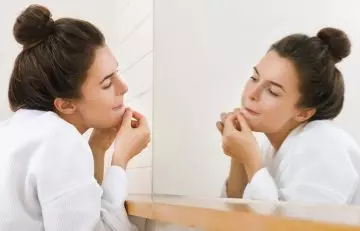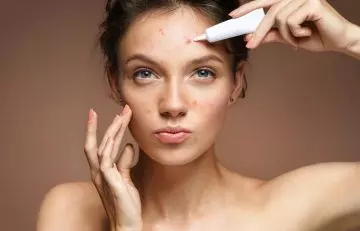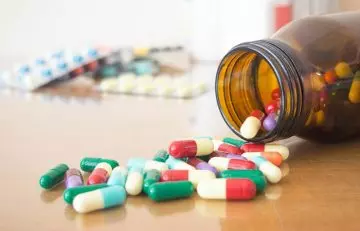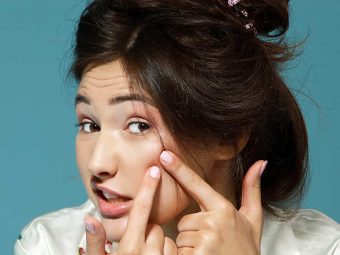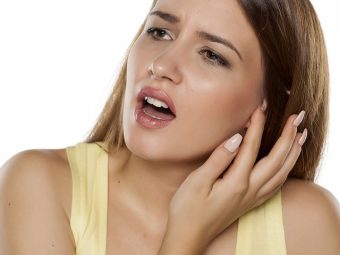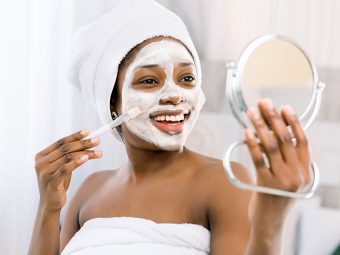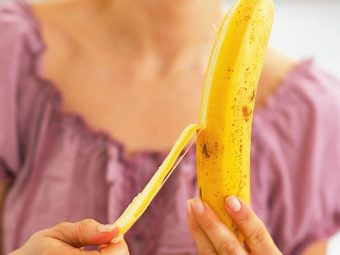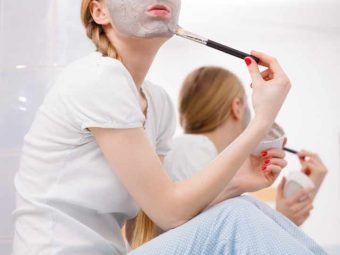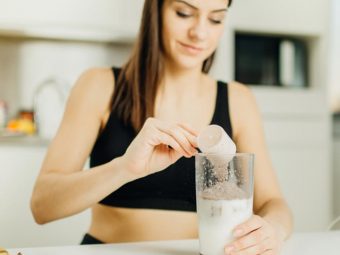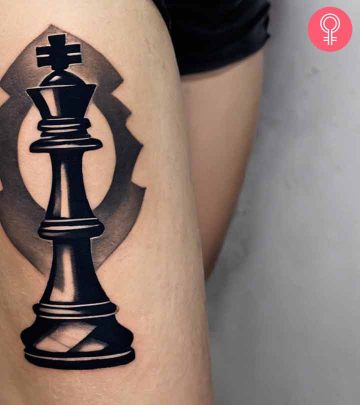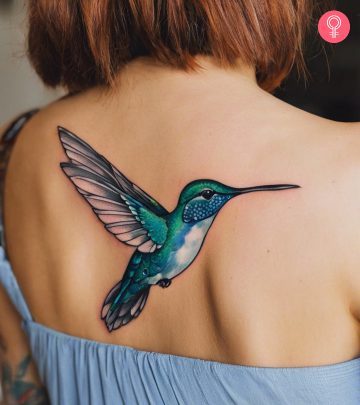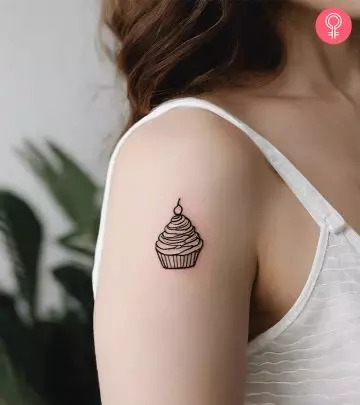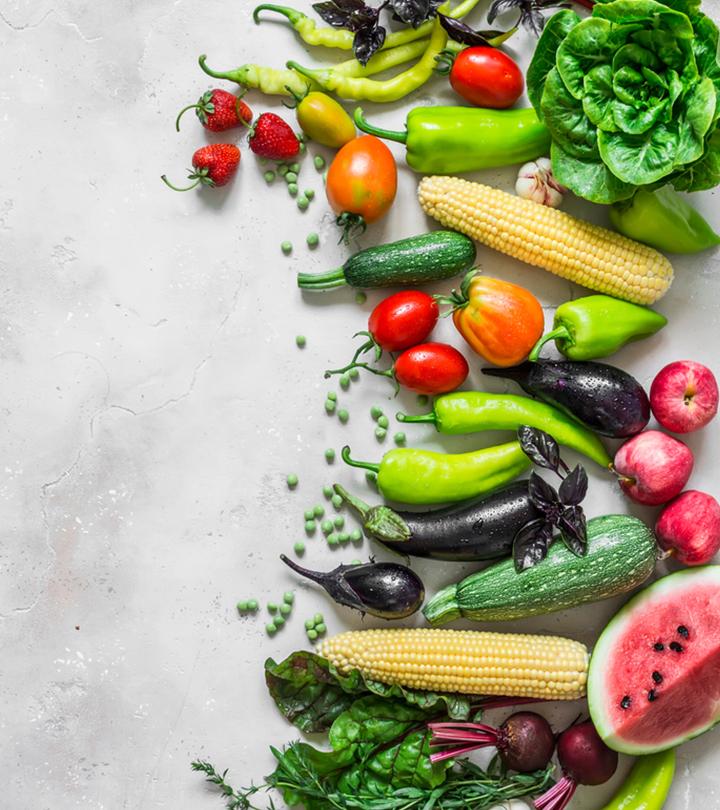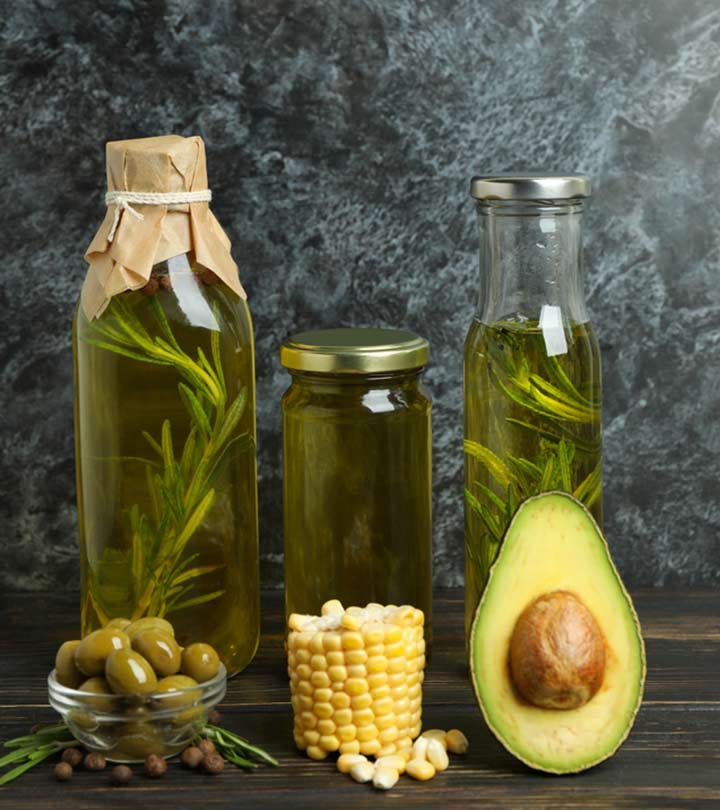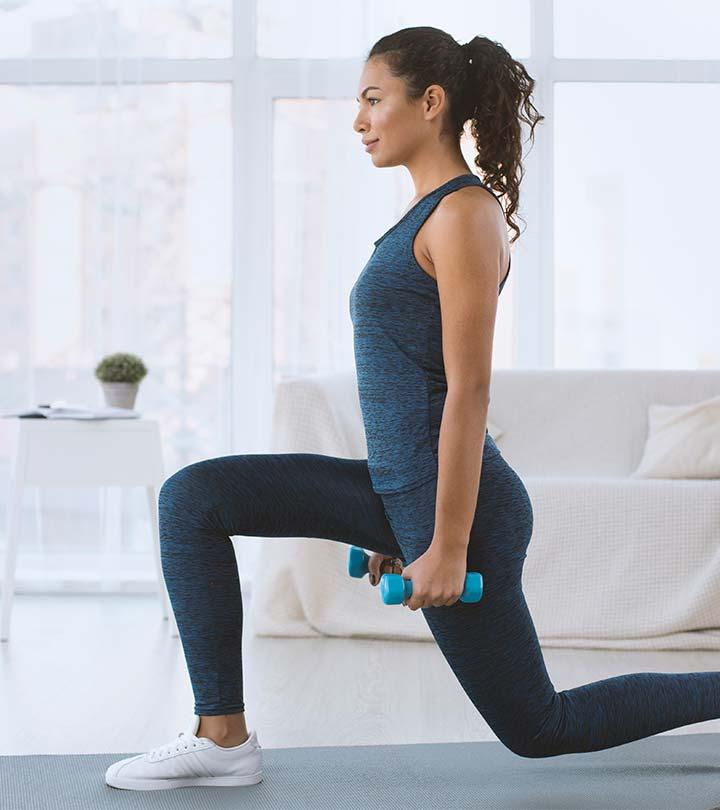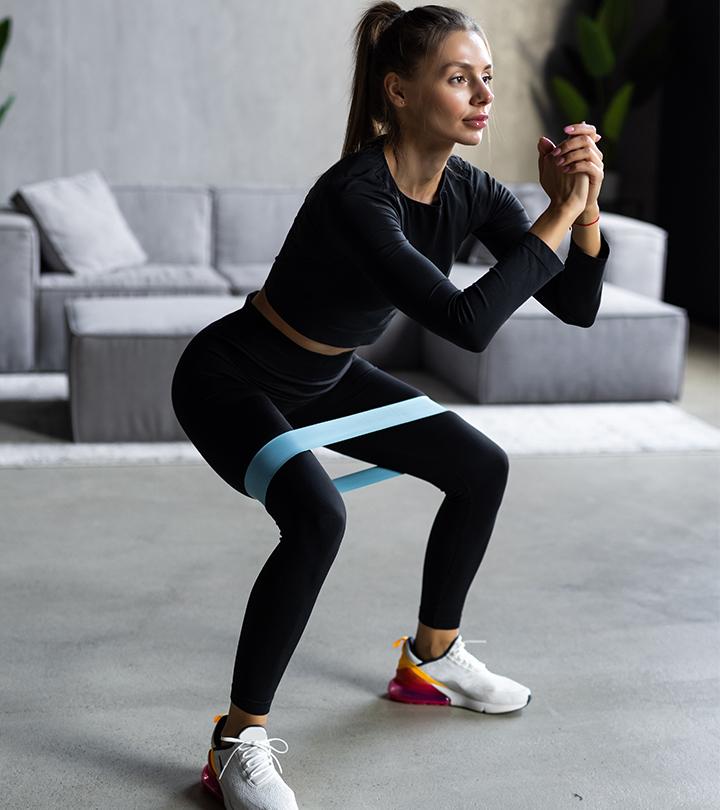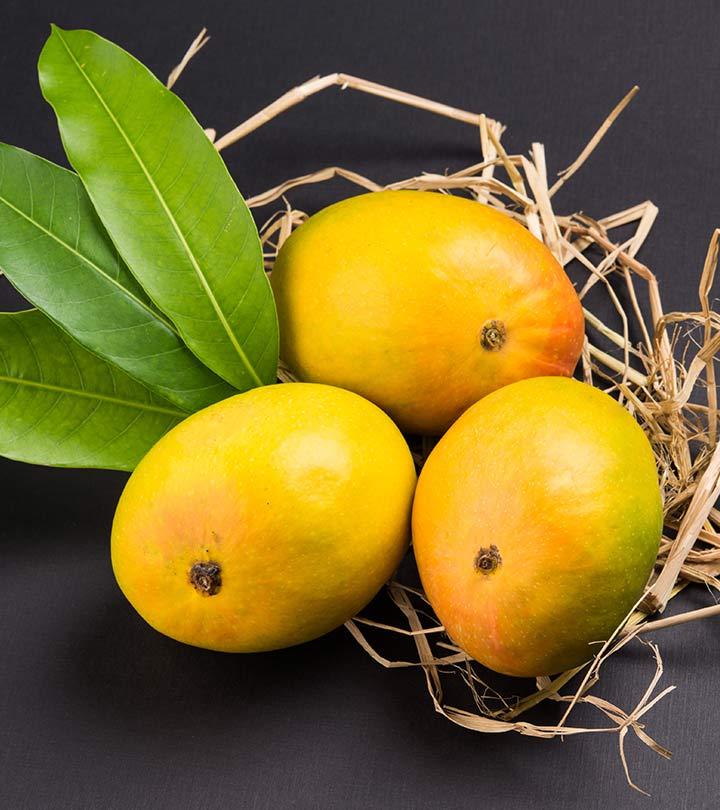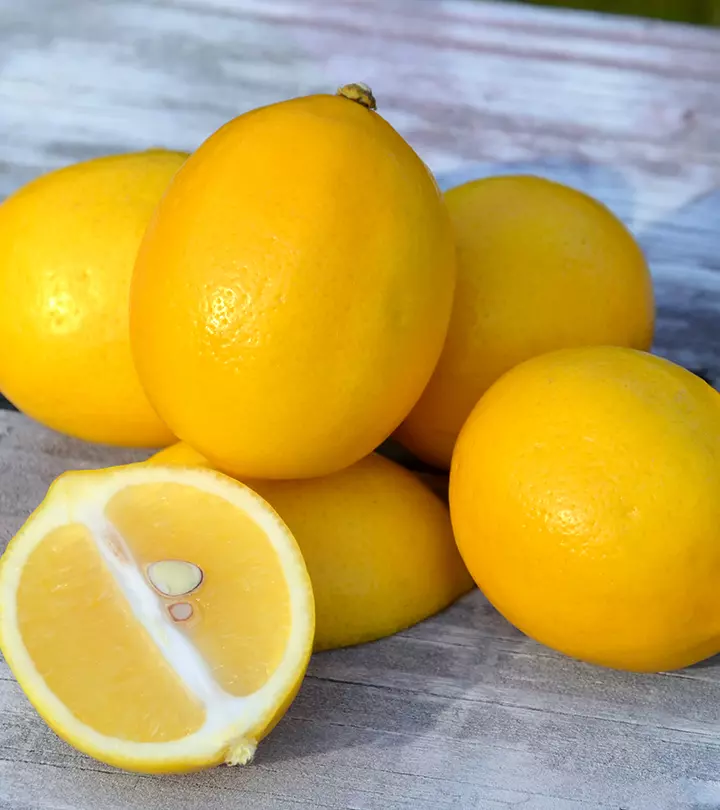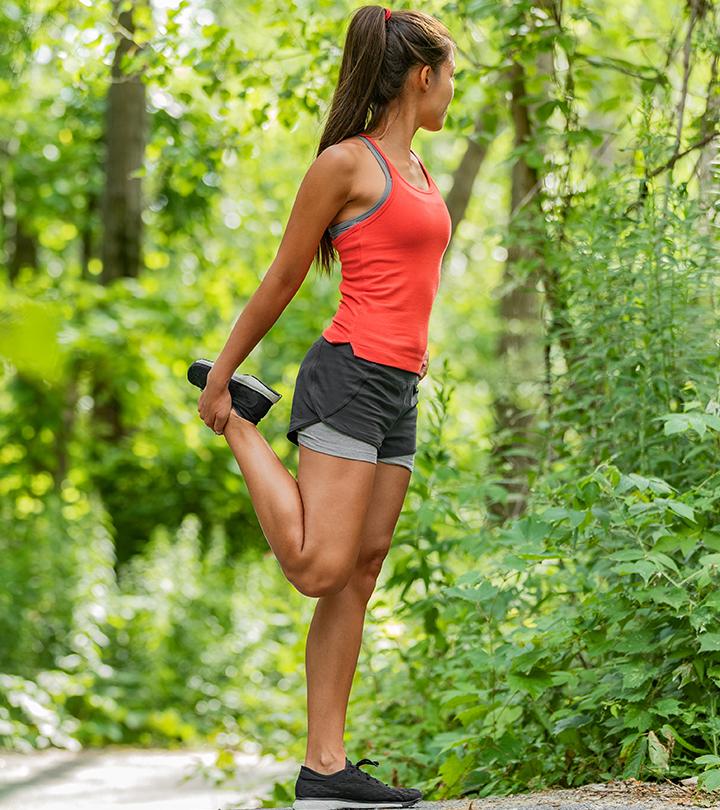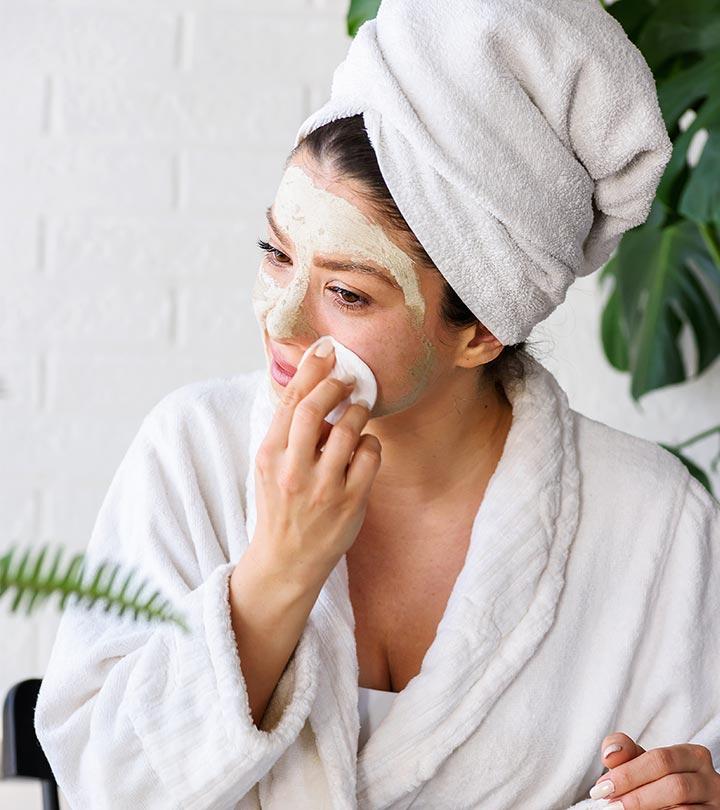What You Don’t Know About Pimples
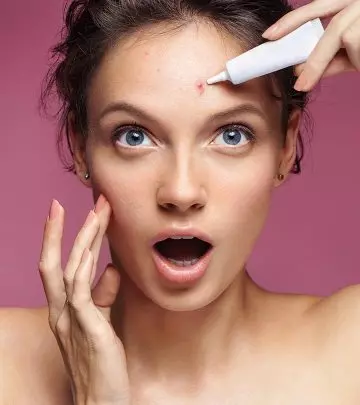
Image: Shutterstock
When you’re in your 20s and still have zits on your face, you kind of turn into a pimple expert. People even come to you for pimple advice, knowing you’ve tried every cure in the book and have achieved wildly varying results. However, even though you’re a ‘pimple guru’ by now, there are many things about it you may not know!
Dermatologists and skin care specialists reveal 10 things about pimples you might not have had any idea of!
1. Pimples Are Of Different Kinds
Yes, there’s no one kind of pimple! There are actually quite a few of them, according to New York-based dermatologist, Dr. Gary Goldenberg. He explains that both whiteheads and blackheads are earlier stages of acne with their cause being blocked hair follicles as well as pores. Zits, on the other hand, are pustules. Also, there’s a whole other type of acne known as cystic acne that form painful and inflamed lesions on your face (1).
2. Each Kind Of Pimple Has A Different Cause
There are several reasons behind a breakout, says Dr. Kristina Goldenberg, who is a part of Goldenberg Technology. Of the many causes of acne, Dr. Kristina says that genes happen to be one of them. Hormones also a play a role. They increase sebum or oil production, which causes flare-ups in blocked pores and hair follicles. Apart from that, bacteria know as P. acnes are also responsible for acne cysts and pustules (2).
3. Squeezing A Pimple Is A Big No-No
It might be tempting but you should take New York-based dermatologist, Dr. Shari Marchbein’s advice and never pop that zit (3). She says that if you do so, you can actually worsen the situation. Here’s how – the pimples you have are a mix of oil, bacteria, and inflammation. So, when you squeeze them, you increase the inflammation, making the recovery process much slower. Squeezing a zit can even lead to other complications such as hyperpigmentation, infections, and scarring.
4. If You Must Squeeze, Do It Right
If you want to cave in to the temptation of zit popping, then at least do it right. Nurse Nataly from the iGlow Med Spa in Beverly Hills says you should only pop a pimple after showering, as at this time your pores are open (4). However, before you start, ensure that your skin is clean. You will have to soften the skin tissue surrounding the pimple with the help of a wet towel or gauze and then slowly move your fingertips to pop the pimple. After you’re done, clean it with an anti-bacterial agent. Also, never use your fingernails in the entire process.
5. Certain Foods Can Cause Breakouts
Some say, your skin is what you eat. Although there’s still some debate going on regarding this topic, but according to Dr. Sheila Nazarian, a Beverly Hills plastic surgeon, what you eat will influence the intensity and frequency of your breakouts (5). She says dairy and chocolate, for example, can increase your susceptibility to breakouts (6).
6. Topical Treatments Work
Despite your failed attempts, topical treatments can actually work and are the safest and fastest way to get rid of pimples. Dr. Sal Nadakarni, a concierge physician in Los Angeles, has a quite a few suggestions in this regard (7). He recommends using over-the-counter creams/ointments that contain ingredients such as salicylic acid (prevents clogging of pores), benzoyl peroxide (kills acne-causing bacteria), and sulfur (expels dead skin cells and removes oil). These are effective in treating acne.
7. Acne Treatments Help Reverse Aging Signs
A shocker on this list, acne treatments can even reverse signs of skin aging according to Dr. Sal. He explains that along with topical medications, doctors may also prescribe retinoids in order to remove stubborn acne. Topical retinoids typically contain vitamin A, which helps in rejuvenating skin and improving its texture and appearance (8).
8. Oral Treatments Can Help Acne
For specific types of acne, topical treatments fail and oral treatments work wonders. Experts say that topical treatments are good for the earliest stages of acne. To treat the later stages and more severe cases, antibiotics (doxycycline, erythromycin, and clindamycin, for example) are necessary as they help kill acne-causing bacteria (9).
9. Acne Leaves Scars
Severe acne can leave scars and, according to Dr. Marchbein, these scars are permanent. Caused by damage to the collagen, which is present in the top layer of your skin, scarring can sometimes occur even after mild acne spells. Treatment of scars is difficult, so prevention is necessary. Treatment options include laser surgeries and microneedling.
10. For Some, Acne Can Be Permanent
The worst fact of all is that for some people, acne is pretty much a permanent state. Which means it not only affects teens, but adults as well.
Despite the above depressing revelations about pimples and acne, treating your skin and achieving a clear complexion is still possible. You just need to find the treatment that works for you and stick to a healthy diet.


